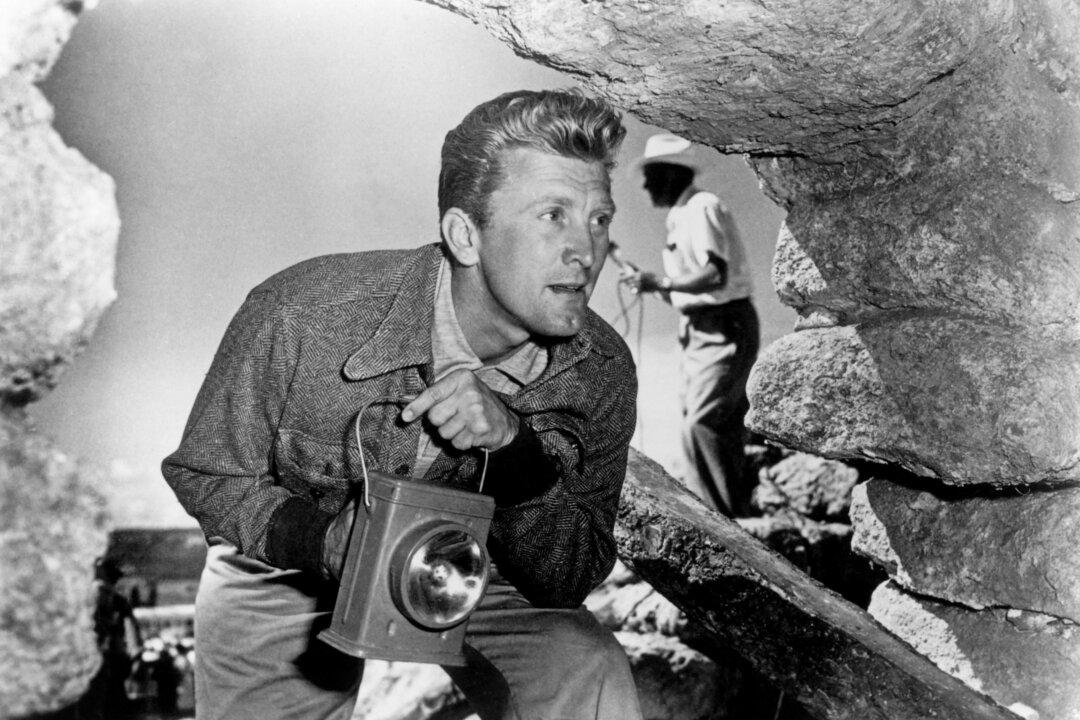Although we sometimes slip into calling this holiday the Fourth of July instead of Independence Day, that name diminishes its meaning. After all, it’s an anniversary of one of the most important events in American history, the Declaration of Independence, which was the beginning of the freedom the United States has enjoyed for almost two and a half centuries.
During the Golden Era of Hollywood (1934–1954), costume films, especially historical dramas, were popular. However, filmmakers often opted for 19th-century stories and settings because the costumes were not only flattering and, in many ways, simpler than earlier modes, but in addition, there were simply more costumes the studios could reuse—making dressing extras and supporting characters inexpensive.






